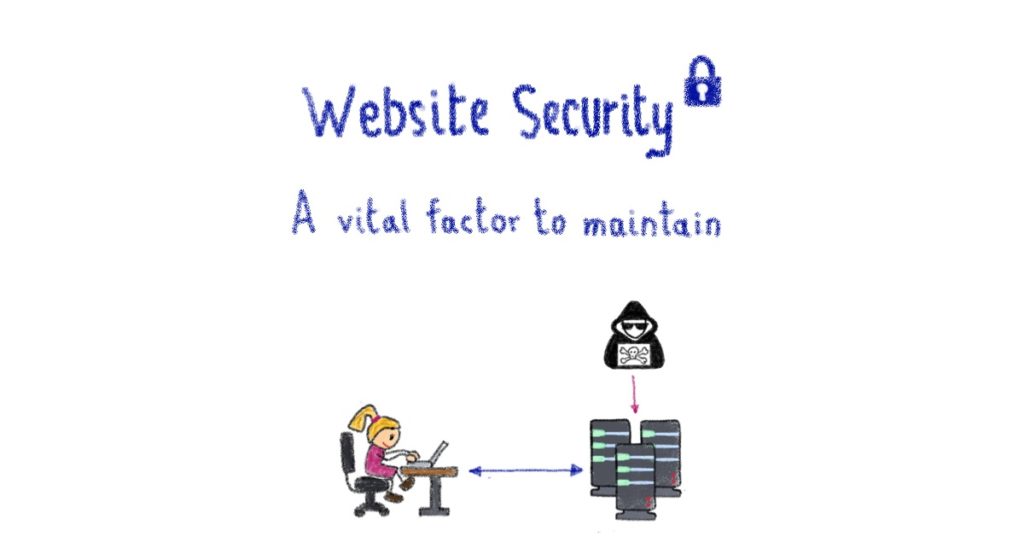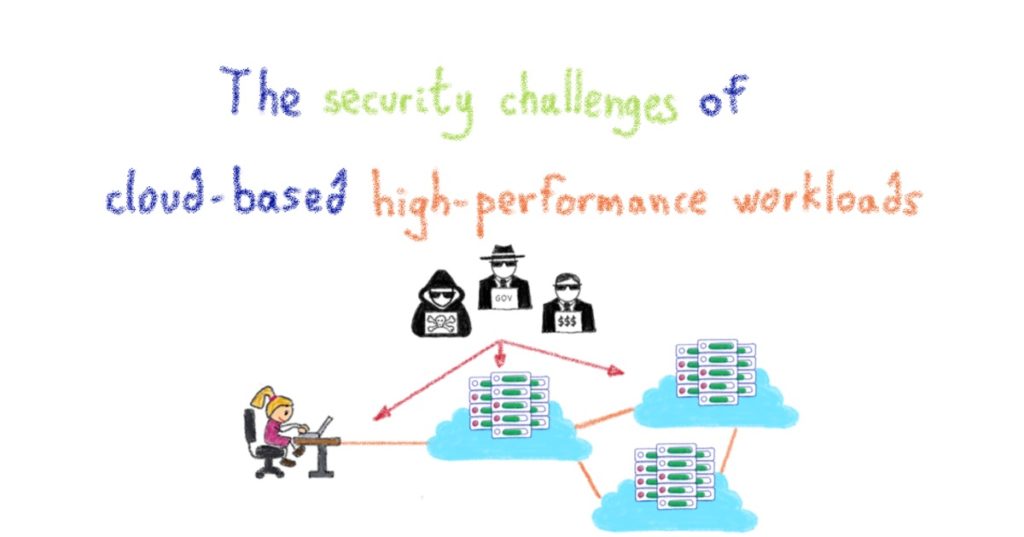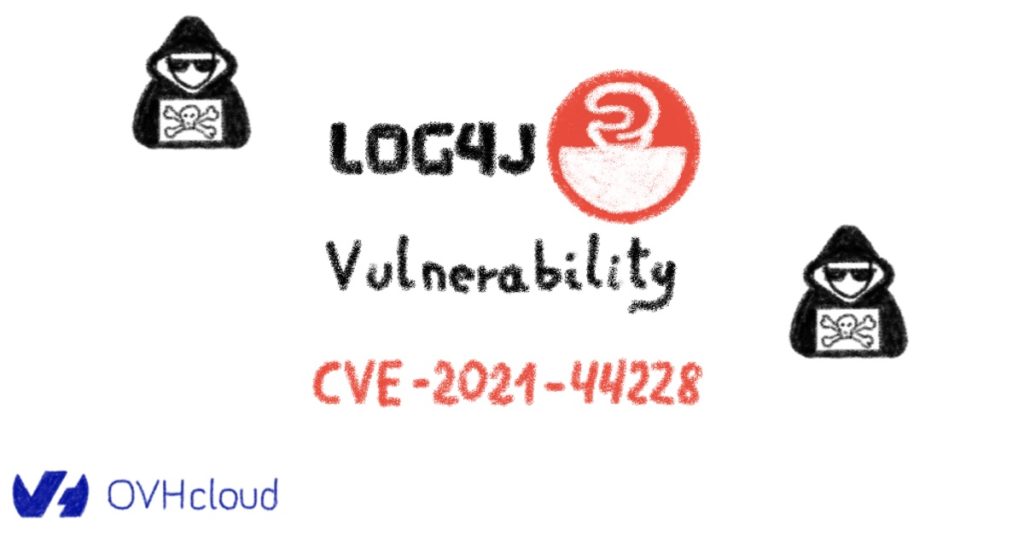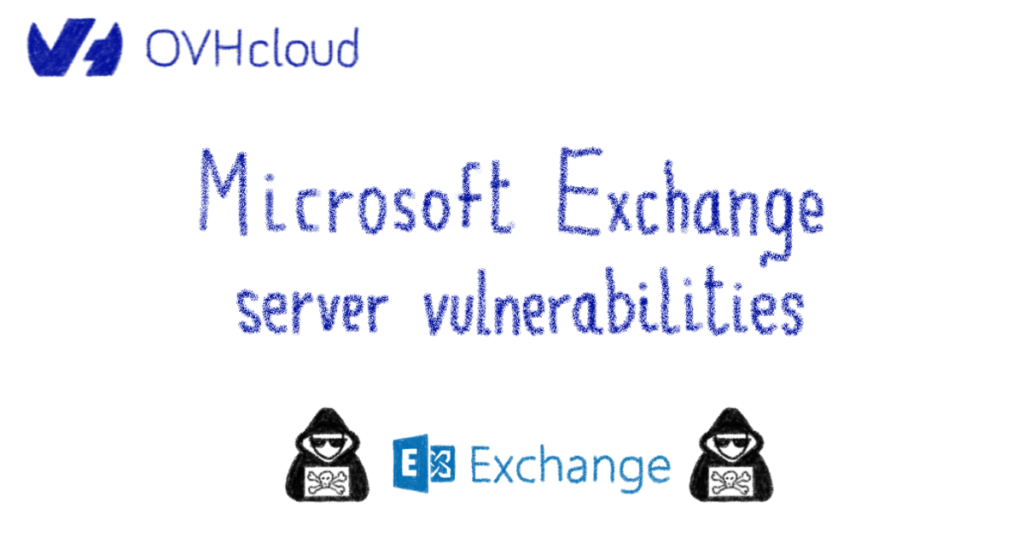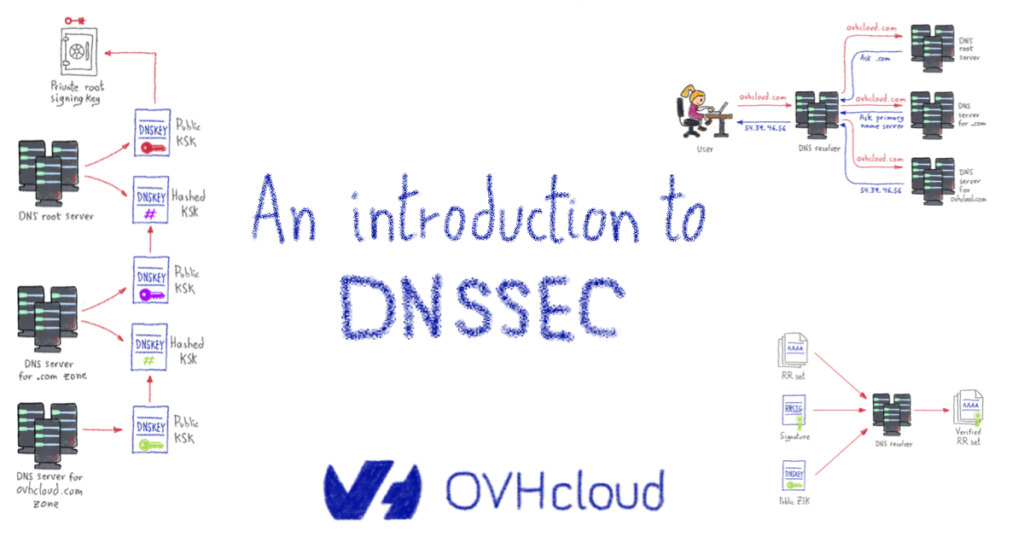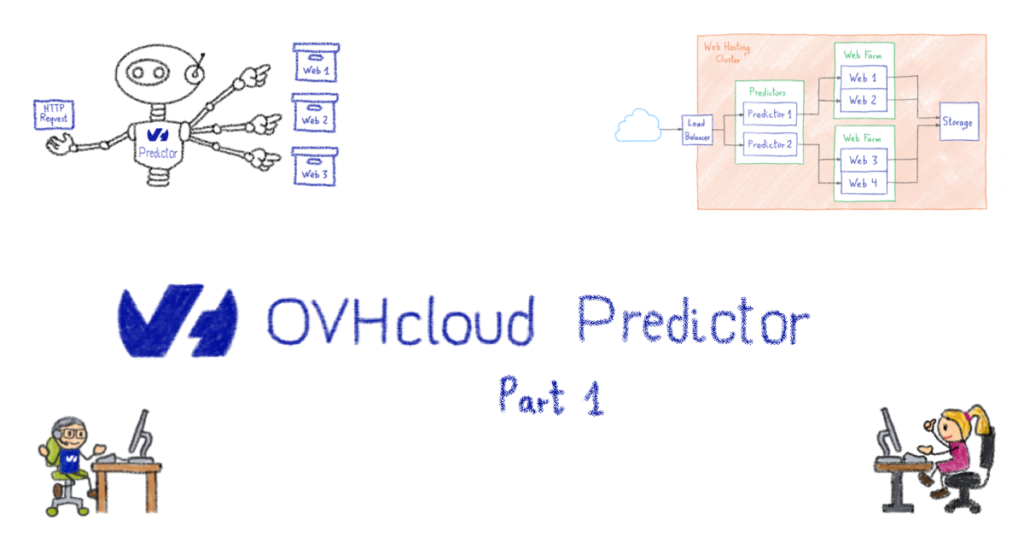Website security: A vital factor to maintain
Even at the dawn of the internet, when its adoption was still very confidential, the first cyberattacks were already happening. The very first cyberattack appears to have taken place as early as 1988, when only a few tens of thousands of computers were connected to the internet. These days, these attacks are common and more […]
Website security: A vital factor to maintain Read More »

